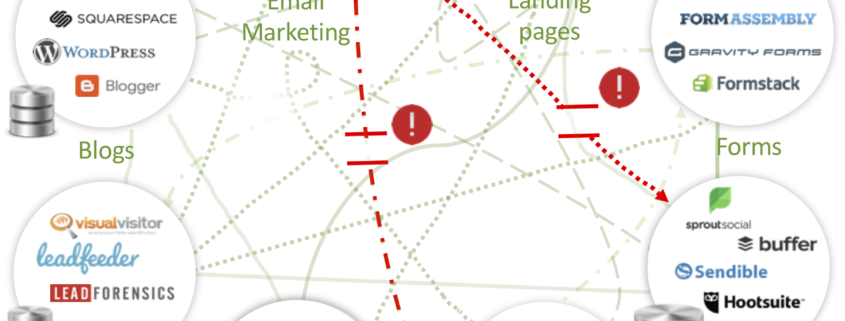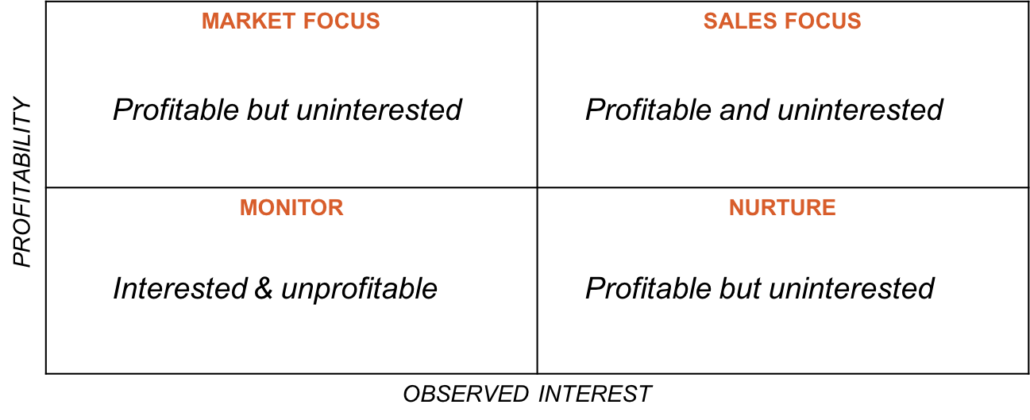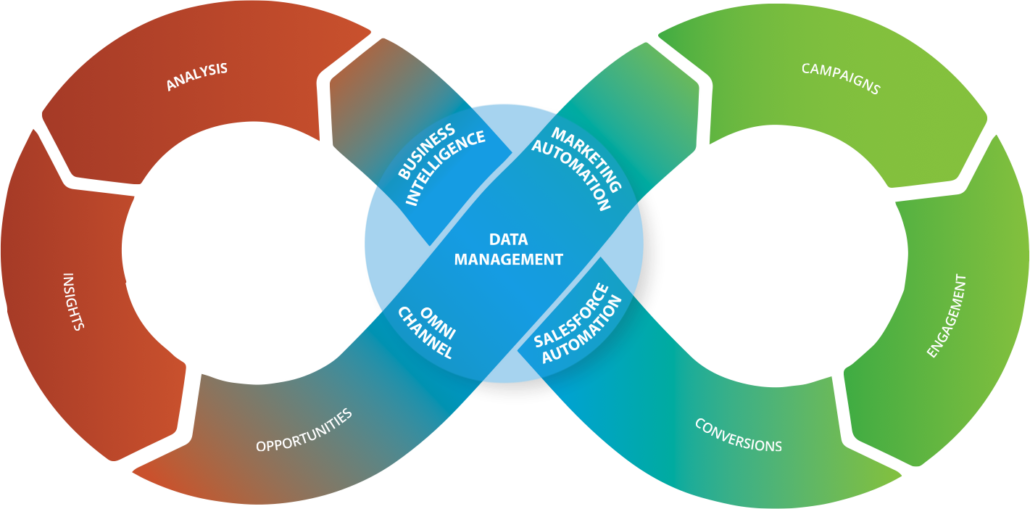
The cost of a website is a bit like the cost of a car. You can spend $5,000 for a ‘get around town’ car, $75,000 for a luxury vehicle, or millions for a transportation fleet! With today’s open-source platforms like WordPress and with a vast array of design templates, a business can deploy a professional responsive website for $10,000-$20,000. With professional help and custom design elements, a site can cost more of course. A website is so vital, I think most companies should invest more into the design and ongoing management of a website.







